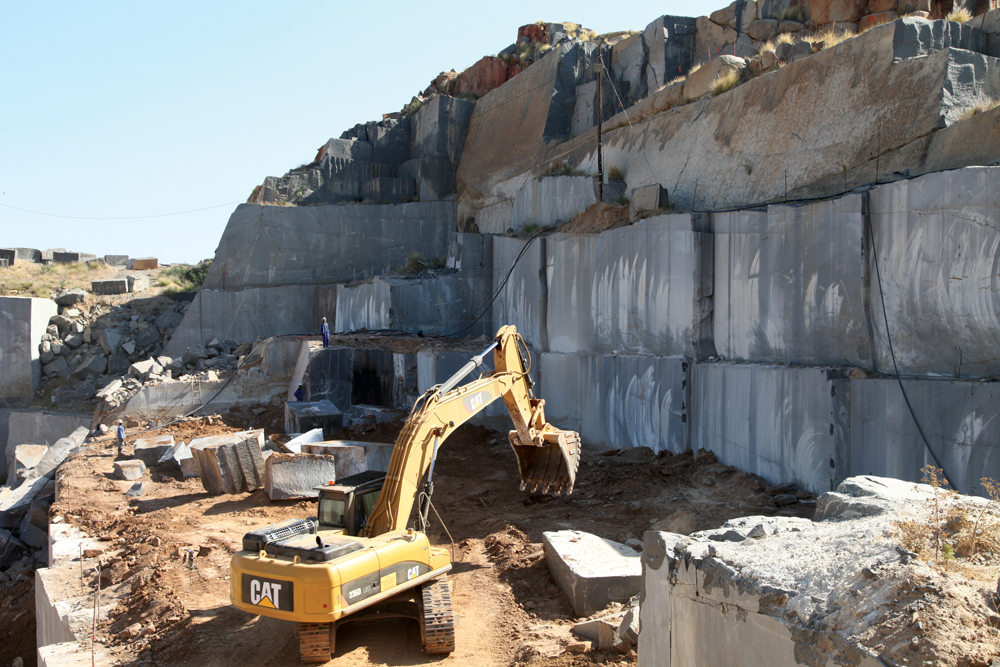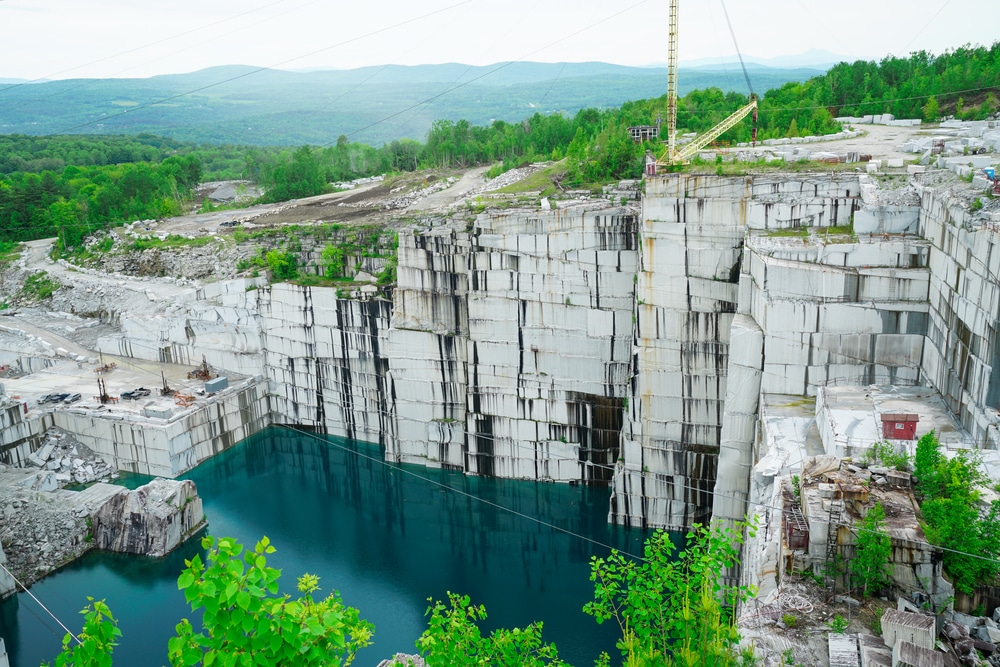Revealing the Mysteries of Granite Quarrying: Where Stamina and Elegance Meet
The world of granite quarrying is a realm where the raw stamina of nature assembles with human virtuosity to create frameworks that stand the examination of time with an air of elegance. From the depths of quarries to the careful polishing in workshops, the procedure of transforming granite right into architectural wonders is a complicated dance of tradition and technology. As we peer right into the midsts of this old craft, we begin to discover the covert ins and outs that form the really significance of our built environment.
The Beginnings of Granite Quarrying
In the annals of architectural history, the beginnings of granite quarrying are shrouded in a tapestry of old craftsmanship and geological wonders. Dating back to old Egypt and Mesopotamia, the extraction of granite from quarries marked the beginning of a journey that would eventually cause the creation of several of the world's most iconic frameworks.
Granite quarrying's roots can be mapped to the skilled artisans that recognized the stone's toughness and aesthetic appeal. Through a combination of primitive tools and sheer resolution, these early quarry workers unearthed granite blocks that would come to be the building blocks of worlds.
As civilizations advanced, so did the techniques of quarrying granite. The Romans, renowned for their engineering expertise, developed sophisticated approaches for extracting granite to construct monuments, holy places, and roads that stood the test of time.
The heritage of these old quarrying techniques remains to form modern style, with granite continuing to be a symbol of toughness and sophistication in building and construction projects around the globe. (granite quarries in south africa)
Devices of the Quarrying Trade
The development of granite quarrying strategies from old worlds to modern-day times highlights the important duty played by the devices of the quarrying sell forming the market's techniques. In ancient times, quarrying tools were simple, often being composed of chisels, hammers, and wedges made from materials like bronze or iron. These tools required substantial workforce and time to remove granite obstructs from quarries.

Furthermore, the intro of pneumatic devices and high-powered machinery has actually substantially reduced the physical labor required in quarrying procedures, improving worker safety and security and productivity. As the quarrying industry remains to introduce, the devices of the profession continue to be at the center of driving progress and shaping the future of granite removal.
Drawing Out Blocks of Granite
Using precision equipment and advanced strategies, the extraction of granite obstructs from quarries has come to be an innovative process in the modern-day quarrying market. The first action includes identifying the location and size of the granite deposit to determine one of the most reliable removal approach. a fantastic read When an appropriate site is chosen, the removal procedure starts with the exploration of openings for the positioning of nitroglycerins. Regulated blowing up techniques are then employed to disintegrate the granite into manageable sections.

Sprucing Up and Finishing Strategies
To achieve a flawless surface on granite blocks, knowledgeable craftsmens use a series of careful sprucing up and finishing methods. After the first extraction and forming processes, the granite blocks undertake an extensive polishing stage to enhance their all-natural charm and sturdiness. One usual method used in brightening granite is diamond abrasion, where commercial rubies are made use of to grind and polish the stone to a smooth finish. This process not just creates a lustrous surface yet also makes sure uniformity in shade and texture throughout the granite block.
In addition to polishing, ending up methods are related to further improve the granite's appearance. These techniques might include flaming, honing, or brushing, each offering unique textures and surfaces to fit different aesthetic choices. Flaming, for example, entails subjecting the granite surface area to heats to create a harsh, textured coating, ideal for outdoor applications where slip-resistance is essential. Refining, on the other hand, gives a matte coating that is smooth to the touch, excellent for interior countertops and floor covering. By meticulously selecting and applying these brightening and ending up techniques, artisans can transform raw granite blocks right into splendid items that showcase both toughness and sophistication.

Ecological Effect and Sustainability
With the expanding emphasis on environmental consciousness in the sector, granite quarrying practices are progressively scrutinized for their influence on all-natural sources and long-lasting sustainability. In addition, the transportation of granite from quarries to processing facilities produces carbon emissions, even more adding to environmental degradation.
To alleviate these effects and ensure sustainability in granite quarrying, sector stakeholders are embracing numerous steps. Carrying out sophisticated innovations to lower power intake and water use, he said redeeming quarried land for ecological reconstruction, and advertising responsible sourcing practices are some strategies being utilized. Certifications such as the Woodland Stewardship Council (FSC) and the Leadership in Energy and Environmental Style (LEED) help customers recognize ecologically friendly granite products.
Conclusion
To conclude, granite quarrying is a procedure that calls for specialized tools and methods to remove blocks of granite and polish them to a high level of coating. While the environmental influence of quarrying can be considerable, efforts are being made to boost sustainability techniques in the industry. Overall, granite quarrying is a fragile balance in between utilizing the toughness and style of this all-natural stone while lessening its influence on the atmosphere.